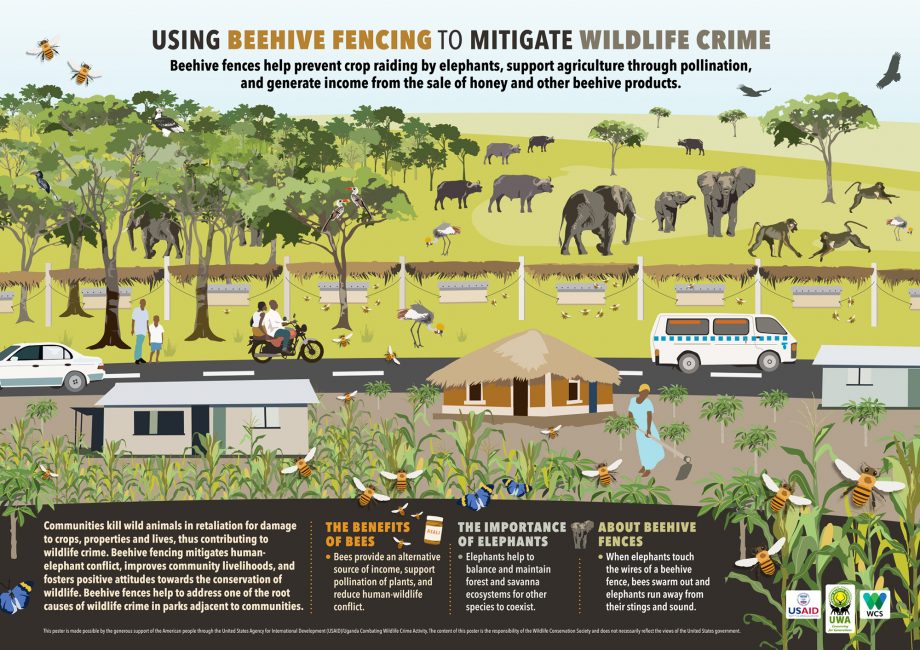
April 22, 2022
The Healthy Connection: Bees, Elephants, and Humans
- as seen by -
 Louisa N. Kiggwe
Louisa N. Kiggwe
A healthy ecosystem consists of plant and animal species that coexist, each playing key roles in maintaining the equilibrium of nature. It is also vital for the sustenance of human welfare through the provision of ecosystem goods and services. Ecosystems can be adversely altered by human disturbances such as unsustainable harvesting of resources, poaching, logging, land-use change, and disruption of ecosystem processes and functions. When humans co-exist harmoniously with wildlife, biodiversity thrives, food security is sustained along with businesses such as tourism, fisheries, and commercial agriculture, among others.
The WCS Uganda Program is testing beehives as a tool to mitigate human-elephant conflict around protected areas, such as Karuma Wildlife Reserve – a part of Murchison Falls Protected Area. Research has shown that elephants dislike the sound and stings of bees. When beehives are strung along a wire fence and an elephant knocks the wire, bees are disturbed, swarm out, and attack or irritate the elephant. The elephant not only retreats but also sounds an alarm call to the rest of the herd, warning them to stay away. This enterprise has effectively deterred elephants from crossing into communities to raid crops and has promoted harmonious living with them.
Bees are keystone species that ensure plants’ continued growth, reproduction, and survival through pollination, thus supporting organisms and humans that depend on crops for food. The beehive enterprise also offers an alternative source of income for communities that sell bee products such as honey, bee pollen, propolis, royal jelly, beeswax, and bee venom – bringing tangible benefits to them and an incentive to participate in conservation.
Elephants also play hugely beneficial roles in their ecosystem and need to be protected. They maintain habitat by breaking branches and yanking trees, enabling low-lying plants to thrive and grazers such as antelope, buffalos, and hippos to access quality grass for food. This landscape modification also helps reduce the spread of fire and pests. Additionally, elephants are seed dispersers, create waterholes during drought periods, and their dung fertilizes soils that helps to conserve below-ground biodiversity.
Without bees, the human diet would change tremendously. Without elephants, forests would not regenerate, herbivores would have no food supply, predators would look for other prey sources in communities, and climate change would intensify.
Save bees, elephants, and humans by protecting forests.
This poster was created by the Wildlife Conservation Society to help explain the project aims and rationale.
EDITOR’S NOTE: Louisa N. Kiggwe, WCS Uganda Communications Manager, Simon Nampindo, WCS Uganda Country Director, and Sarah Markes, WCS EAMWIO Communications Coordinator collaborated on this post. The beekeeping project is supported by the United States Agency for International Development (USAID) and the Uganda Wildlife Authority.
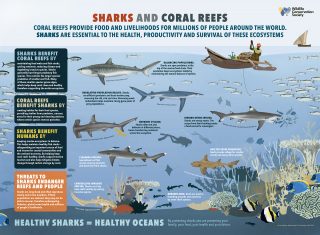
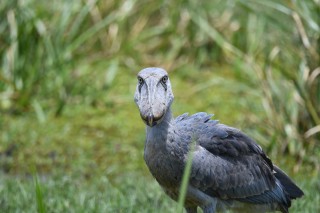
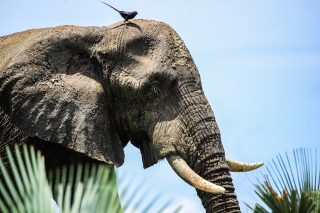
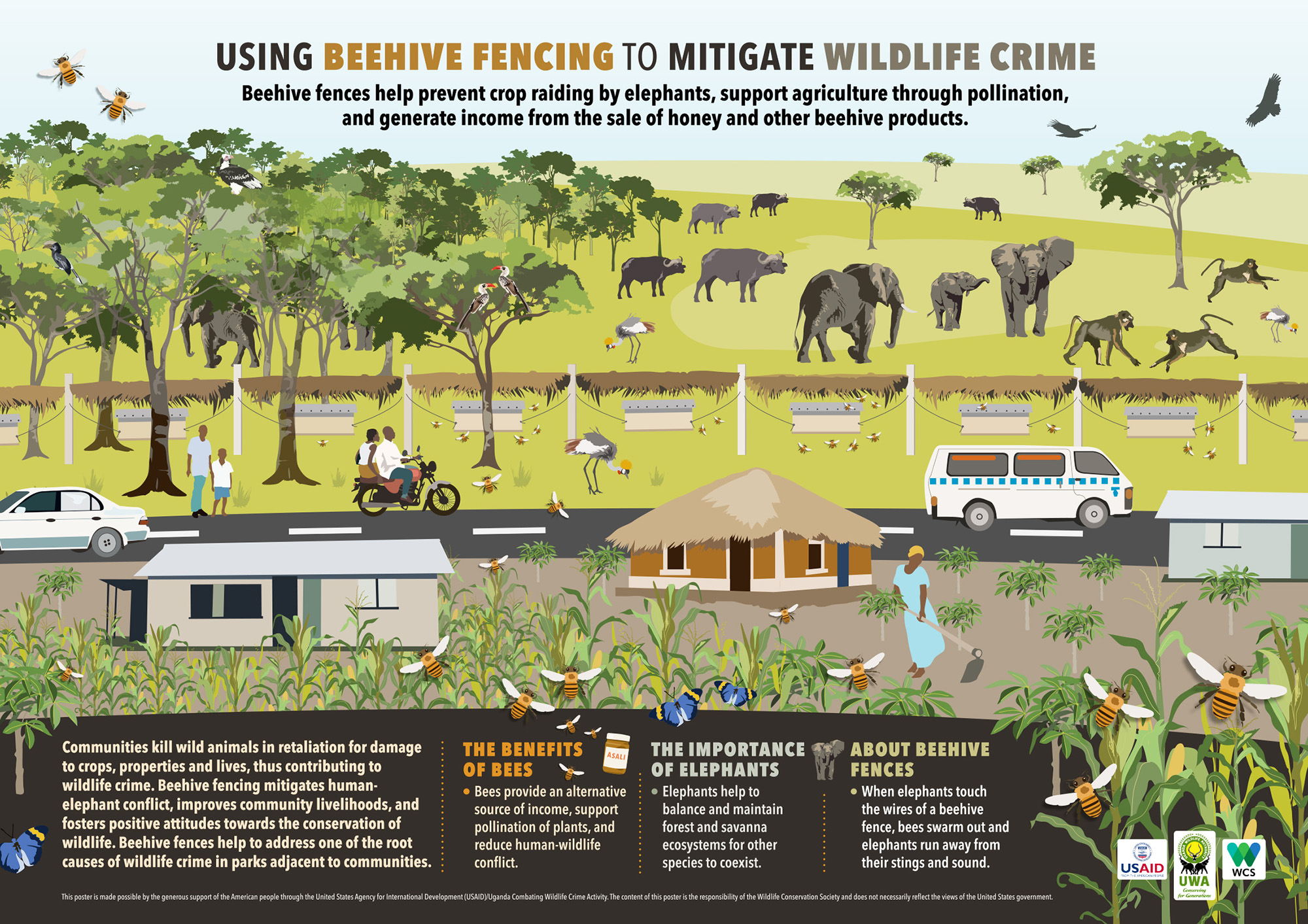
Leave a Comment
kiggwe stephen
April 22, 2022 at 8:20 am
Welldone WCS.
Denise McClean
April 22, 2022 at 3:54 pm
Fascinating and brilliant!